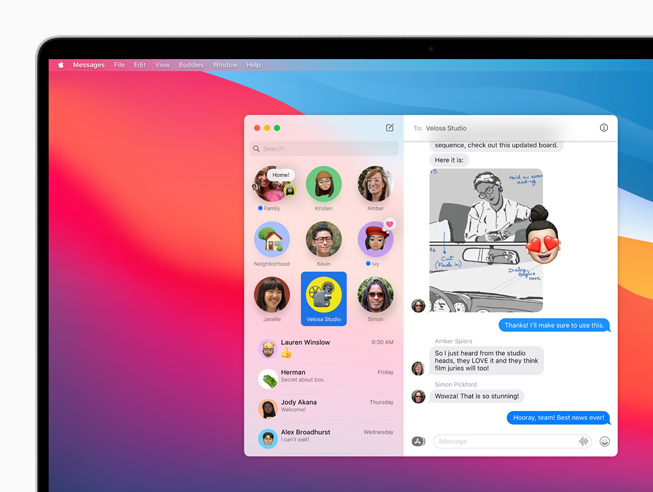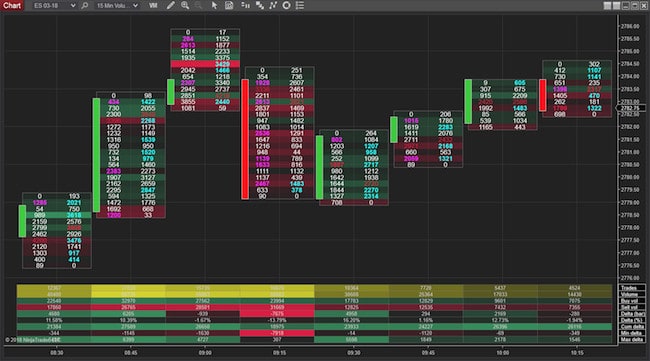Ninja Match 2.0 Mac OS
Released April 5, 2021
VLC 2.2.0 auto-rotates the videos taken from phones, to fight Vertical Video Syndrome! VLC now resumes where you left off in all versions Improves support for new HD codecs, VP9, opus and H.265/HEVC, for decoding and for encoding.
The Photo Ninja software may be downloaded and installed free of charge. However, the Render and File Save operations are disabled unless you purchase and install a license key, available through our online store.
- This dashboard is the very first screen you will see in Ninja. To access the patches area, click on 'OS Patches' at the top right hand corner. OS Patches Options. From here, you will be able to see the new tabs under OS Patches. The Available tab shows any available patches for all of your clients.
- Sec Recent; Featured; Top Rated; Sale; Compare. Applications, Sale, Shop. Parallels Desktop Business Edition 15.1.4 $ 15.55 $ 8.99. Add to Cart View Cart. WinZip Mac Pro 7 $ 12.15 $ 5.75. Add to Cart View Cart. Applications, Shop. IMazing 2.11.8 $ 20.15 $ 5.99.
- Download the latest version of Scratch for Mac. A programming language aimed at kids. 2.0 Jan 28th, 2015. The certificate does not match the installed appli. Similar to Scratch. An eBook Manager, reader and converter. Google Books Downloader. Easily download books.
TRIAL LICENSE: You can request a two-week trial license key by sending an email request to

Download links
Windows 10, 8*, 7* (64-bit)
With AVX2 acceleration, for most computers since 2014: Download installer
With SSE4.2 acceleration, for most computers since 2008: Download installer
(*Not tested on Windows 8 or 7, but likely to work)
Mac OS X 11 (Big Sur), 10.15 (Catalina), 10.14 (Mojave)
With AVX2 acceleration, for most Intel Macs since 2014: Download installer
With SSE4.2 acceleration, for Apple Silicon M1 Macs, and most Intel Macs since 2008: Download installer
NOTE By default, the software is installed in your Applications folder. The installer does not replace existing desktop icons, so make sure you don't accidentally launch an old version of the software by clicking on an old icon.
If in doubt, download the SSE4.2 version. The AVX2 version will crash on non-AVX2 processors. AVX2-capable processors include Intel Core i3/i5/i7/i9 and Xeon processors since 2014 (code name 'Haswell' or later), and AMD Excavator and Zen processors since around 2014.
Changes for V1.4.0
- Updated to run on Apple MacOS 11 'Big Sur'. Installers are notarized.
- Scrolling/panning significantly more fluid on both Windows and MacOS
- Updated UI look and feel, with refinements of both light and dark themes
- Streamlined main toolbar to use less vertical space and to reduce visual clutter
- Reworked interface of the 'Change Appearance' dialog
- Added option for automatic light/dark mode switching on MacOS
- Improved UI scaling on HighDPI displays
- Tweaked algorithm formulation for sharpening, reduced minimum radius, and made step sizes more consistent
- Some modest performance optimizations
- Added support for FujiFilm GFX 100, X-S10
- Improved metadata parsing of high ISO values above 65535 for some FujiFilm and possibly other cameras
- Recognizes new license key encoding to extend the date range. Existing license keys aren't affected. When installed in V1.3.10 or earlier versions of Photo Ninja, a key issued after March 19, 2021 will appear to have an earlier issue date, but it will function normally if it is a permanent key.
- NOTE: Photoshop plug-ins have been removed for the time being
- More in the works...
For a history of changes, click here.
Documentation
Step-by-step tutorials with screenshots are available here. Please take advantage of these, they should get you up and running quickly. The tutorials can also be accessed by choosing 'View online tutorials' from the 'Help' menu of Photo Ninja.
Additional documentation is available from the Help menu of Photo Ninja. Also, 'Help' buttons are available in a number of dialogs and filter panels.
Camera support is described here.
Latest pre-release
There is no current pre-release, but check here from time to time.
Archived versions of Photo Ninja
Older versions of Photo Ninja are archived here.
Ninja is yet another build system. It takes as input theinterdependencies of files (typically source code and outputexecutables) and orchestrates building them, quickly.
Ninja joins a sea of other build systems. Its distinguishing goal isto be fast. It is born frommywork on the Chromium browser project, which has over 30,000 sourcefiles and whose other build systems (including one built from customnon-recursive Makefiles) would take ten seconds to start buildingafter changing one file. Ninja is under a second.
Ninja Match 2.0 Mac Os Catalina
Where other build systems are high-level languages, Ninja aims to bean assembler.
Build systems get slow when they need to make decisions. When you arein a edit-compile cycle you want it to be as fast as possible — youwant the build system to do the minimum work necessary to figure outwhat needs to be built immediately.

Ninja contains the barest functionality necessary to describearbitrary dependency graphs. Its lack of syntax makes it impossibleto express complex decisions.
Ninja Match 2.0 Mac Os Download
Instead, Ninja is intended to be used with a separate programgenerating its input files. The generator program (like the./configure found in autotools projects) can analyze systemdependencies and make as many decisions as possible up front so thatincremental builds stay fast. Going beyond autotools, even build-timedecisions like 'which compiler flags should I use?' or 'should Ibuild a debug or release-mode binary?' belong in the .ninja filegenerator.
Here are the design goals of Ninja:
- very fast (i.e., instant) incremental builds, even for very large projects.
- very little policy about how code is built. Different projects and higher-level build systems have different opinions about how code should be built; for example, should built objects live alongside the sources or should all build output go into a separate directory? Is there a 'package' rule that builds a distributable package of the project? Sidestep these decisions by trying to allow either to be implemented, rather than choosing, even if that results in more verbosity.
- get dependencies correct, and in particular situations that are difficult to get right with Makefiles (e.g. outputs need an implicit dependency on the command line used to generate them; to build C source code you need to use gcc’s
-Mflags for header dependencies). - when convenience and speed are in conflict, prefer speed.
Some explicit non-goals:
- convenient syntax for writing build files by hand. You should generate your ninja files using another program. This is how we can sidestep many policy decisions.
- built-in rules. Out of the box, Ninja has no rules for e.g. compiling C code.
- build-time customization of the build. Options belong in the program that generates the ninja files.
- build-time decision-making ability such as conditionals or search paths. Making decisions is slow.
To restate, Ninja is faster than other build systems because it ispainfully simple. You must tell Ninja exactly what to do when youcreate your project’s .ninja files.
Ninja is closest in spirit and functionality to Make, relying onsimple dependencies between file timestamps.
But fundamentally, make has a lot of features: suffix rules,functions, built-in rules that e.g. search for RCS files when buildingsource. Make’s language was designed to be written by humans. Manyprojects find make alone adequate for their build problems.
In contrast, Ninja has almost no features; just those necessary to getbuilds correct while punting most complexity to generation of theninja input files. Ninja by itself is unlikely to be useful for mostprojects.
Here are some of the features Ninja adds to Make. (These sorts offeatures can often be implemented using more complicated Makefiles,but they are not part of make itself.)
- Ninja has special support for discovering extra dependencies at build time, making it easy to get header dependencies correct for C/C++ code.
- A build edge may have multiple outputs.
- Outputs implicitly depend on the command line that was used to generate them, which means that changing e.g. compilation flags will cause the outputs to rebuild.
- Output directories are always implicitly created before running the command that relies on them.
- Rules can provide shorter descriptions of the command being run, so you can print e.g.
CC foo.oinstead of a long command line while building. - Builds are always run in parallel, based by default on the number of CPUs your system has. Underspecified build dependencies will result in incorrect builds.
- Command output is always buffered. This means commands running in parallel don’t interleave their output, and when a command fails we can print its failure output next to the full command line that produced the failure.